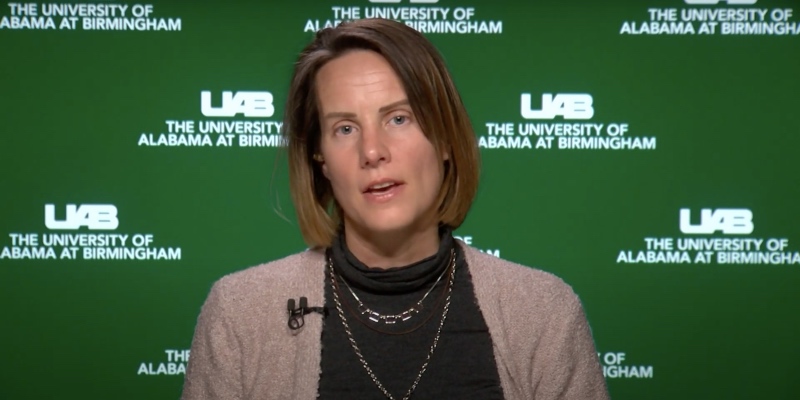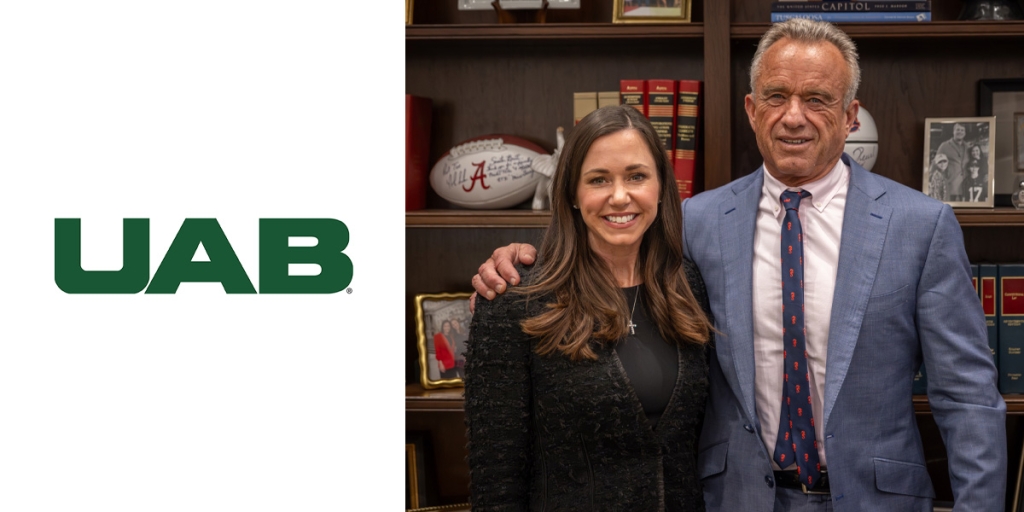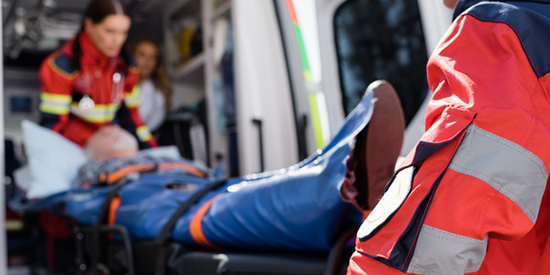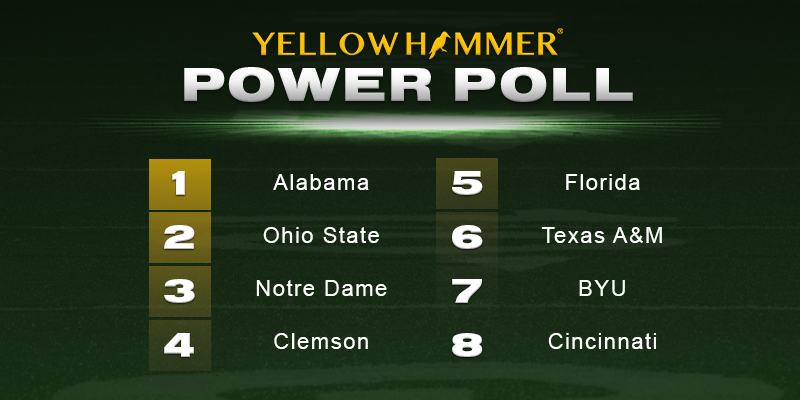The number of COVID-19 cases in the United States and in Alabama has increased over the past few weeks. With Thanksgiving and the December holidays around the corner, health care experts are urging people to continue to stay vigilant when it comes to reducing the spread of the novel coronavirus.
Suzanne Judd, Ph.D., an epidemiologist at the University of Alabama at Birmingham School of Public Health, answers questions about the uptick in cases, what to expect when it comes to the number of cases over the holidays, what can be done to slow the spread, and how to stay safe and healthy while gathering with family.
What are we currently seeing in Alabama right now, and what should we expect to see when it comes to case numbers over the holidays?
There is a lot happening in the community and a lot that will happen over the course of the next few months. October was a beautiful month, and people could be outside and not inside their homes. We are also moving more into cooler weather months, and anytime people are together inside there is a greater risk of COVID-19 transmission.
There have been events like Halloween and homecomings at schools where people have been getting together possibly more than they were previously, and there is a chance that COVID-19 is going to continue to increase based on what we’ve seen in the last two weeks. The cases have gone up across the state, particularly since August, when we saw a big boom in cases right when universities and schools started up. That settled down, and then in October we really started to see this increase that possibly was coming from the K-12 students getting back together from activities around school events.
How will the current number of cases impact what we see in the next few months?
Basically, what happens in the next two weeks really matters for how we will spend the first part of 2021 and possibly even the end of 2021. Cases that are occurring right now are cases that could be taken home at Thanksgiving when people get together with family and friends. Thanksgiving is a particularly problematic holiday because people get together inside, we share meals together, and we have a good time around the table with family and friends. This year, that is not nearly as safe as it has been in the past. Gatherings greater than 10 people pose a substantial risk in terms of one of the people being COVID-19-positive and not knowing. Combined with eating, drinking, socializing and laughing, it is something that could lead to substantial coronavirus transmission, which again sets us up for the holidays that come in December when people get back together in predominantly indoor spaces.
Now is a particularly challenging time, and we are asking people to be diligent. Continue to wear your masks, and keep gatherings small with fewer than 10 people when you are indoors. These efforts will help slow the transmission as we go through this holiday season.
College students will be going home for their Thanksgiving break in a few weeks. What are the concerns about their going home to their communities and possibly bringing the coronavirus to areas that have not been as affected as larger cities? What can they do to prevent bringing the virus home?
As students prepare to head home for their breaks, they should be very careful about their behavior in the 10 days leading up to going home. What you are doing those 10 days before you go home and whom you come into contact with are very important. If you are coming into contact with people you are not regularly around, you may become infected and not know it before you head home. It takes three to five days for you to become symptomatic and build up enough of the virus to spread it to others.
Students should avoid high-risk situations. These are gatherings with 10 or more people indoors, especially in places where people are raising their voices to talk, sing or shout. Any places where you have to raise your voice to be heard and are around others who do not have masks on are high-risk environments. I recommend avoiding high-risk settings 10 to 14 days before traveling home, especially if you are going to be around people who are at higher risk of suffering from COVID-19 complications.
How can people have a safe Thanksgiving gathering?
One way to have a safe Thanksgiving gathering is to do it outdoors if possible. If not, limit the number of people to 10 or fewer. If you are indoors, space people out so they are not eating right next to each other. If you can keep people 6 feet apart, that is the best-case scenario. If indoors, open up windows so there is more ventilation. If you have a larger group or do not have room for people to eat at once 6 feet apart, try eating in shifts.
It’s important to remember that you are gathering with the people you love most in your life. You’re going to be laughing and you’re going to be carrying on, and that just leads to excess production of fluid from your mouth and nose as you get excited when you’re talking. If those fluids happen to land on someone’s plate and you are infectious, that is how COVID-19 is spread. This is why it is necessary to keep people apart and distanced. Finally, wash your hands and make sure your loved ones are also washing their hands. Keep hand sanitizer out, and make sure others are practicing safe hand hygiene.
Is there such a thing as “testing out of quarantine,” and what should you do if you are told to quarantine?
There is no way to test out of quarantine. Let’s say that you were told you were exposed because you were in close contact with somebody who tested positive — that means you were less than 6 feet away from that person for more than 15 minutes. That is considered a close contact and means you have been exposed. No matter what the test says, you have to stay home for 14 days. Even if the test is negative and you feel fine, you must stay home during that time period to prevent it from spreading to others.
If you’ve been told you need to quarantine, that means you need to quarantine for 14 days from the time of exposure. It is absolutely critical that you stay home during that time. This is so you do not infect anyone else.
Do you think there is a chance there will be new stay-at-home orders in the United States?
There is always a possible scenario in which we could see different counties or states having to ramp back up and issue more of a stay-at-home model. This is a really serious infectious disease, and if it hits vulnerable populations like older people or if the virus mutates, it could lead to additional stay-at-home orders. Today the virus is predominantly lethal for people over the age of 80. However, viruses change, and there is nothing to say that it couldn’t change and impact young people. This is why we very carefully monitor the virus and monitor how many people have COVID-19 and die from it. We want to understand the impact of it and give that information to our governmental leaders so they can decide the best way to protect the public.
(Courtesy of the University of Alabama at Birmingham)













